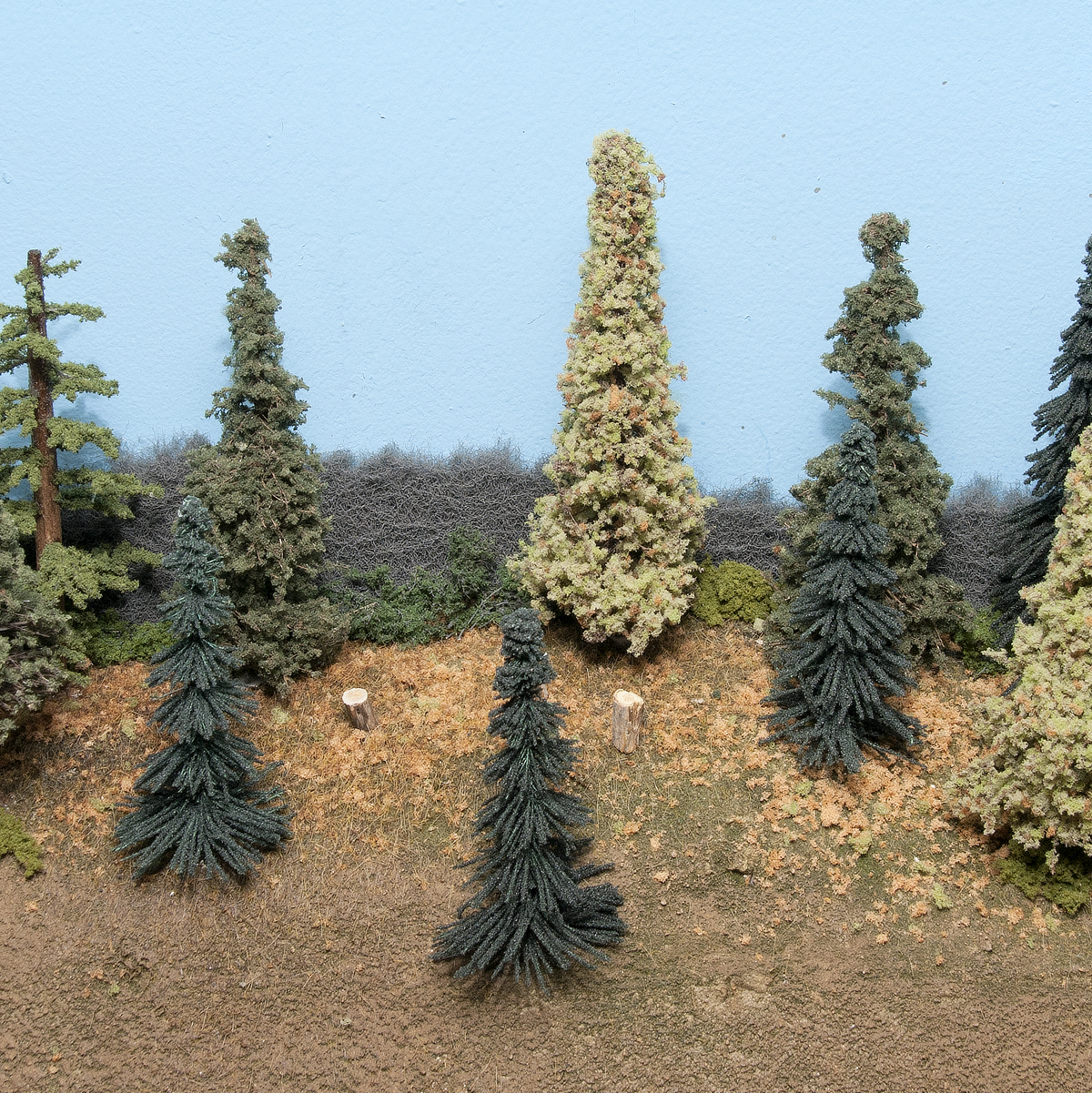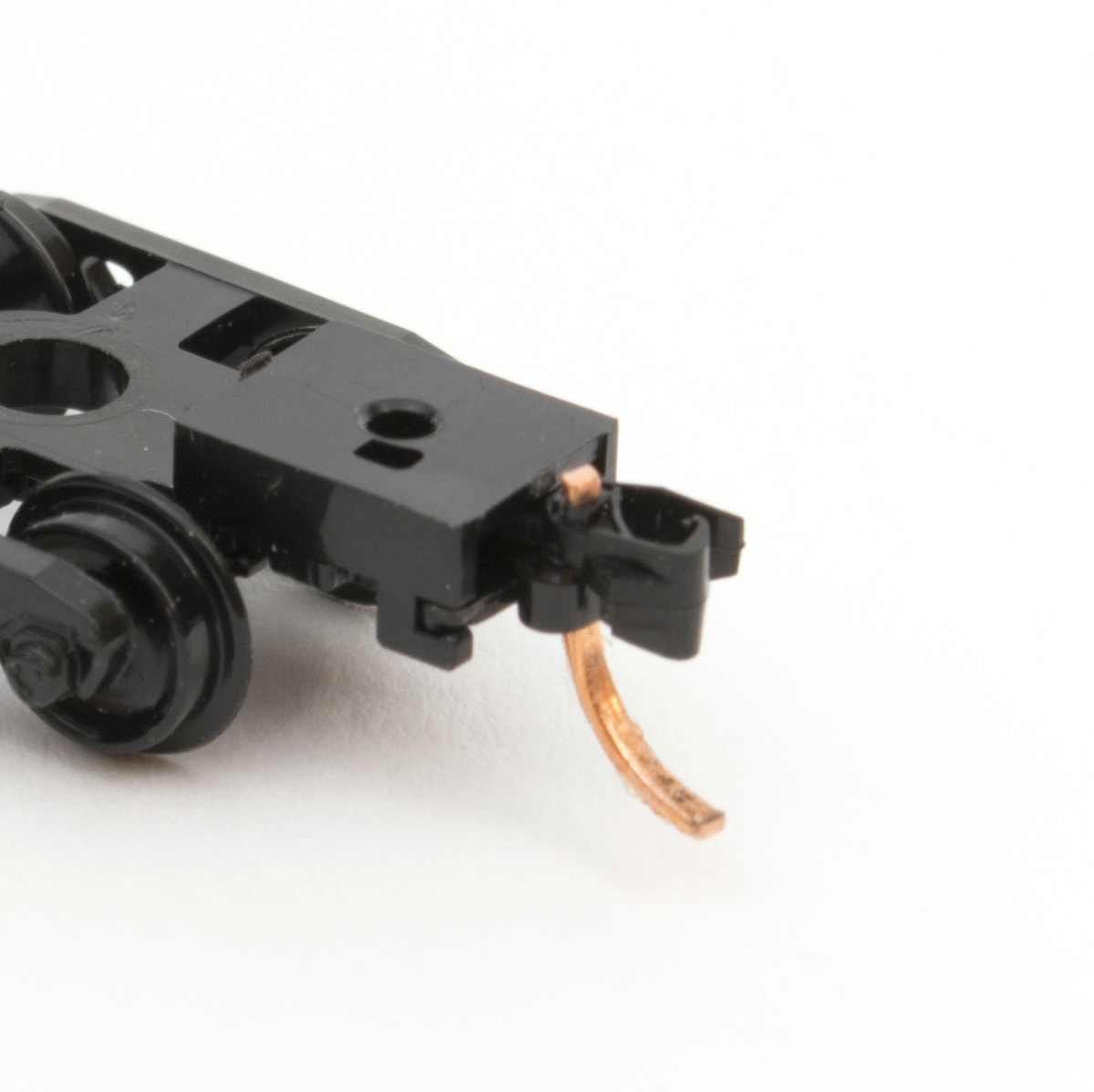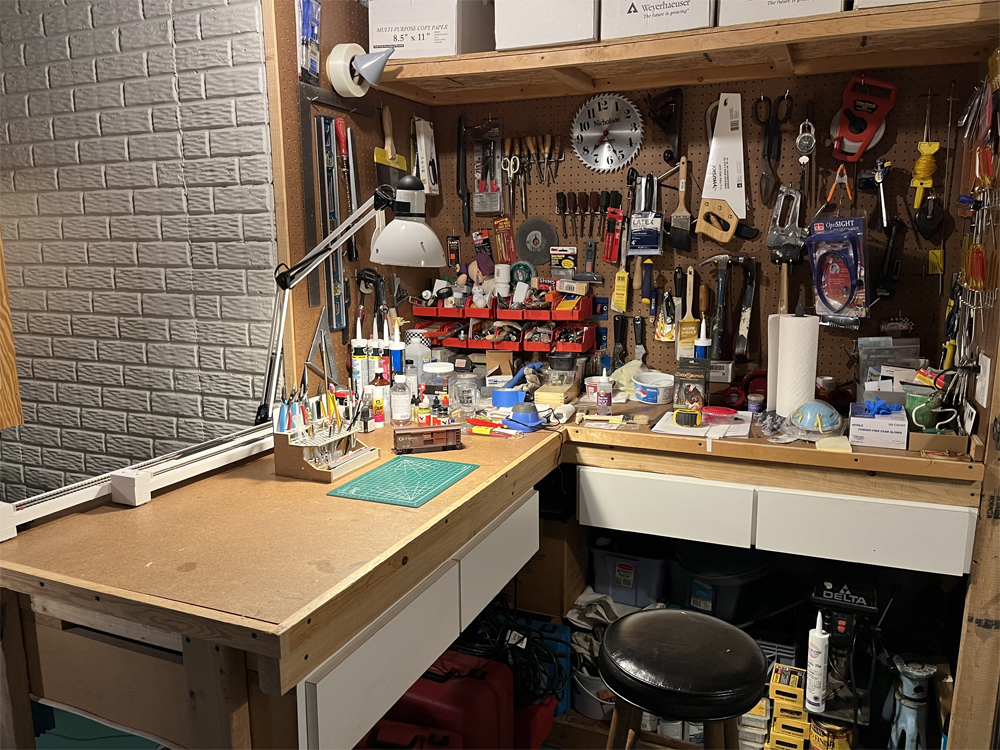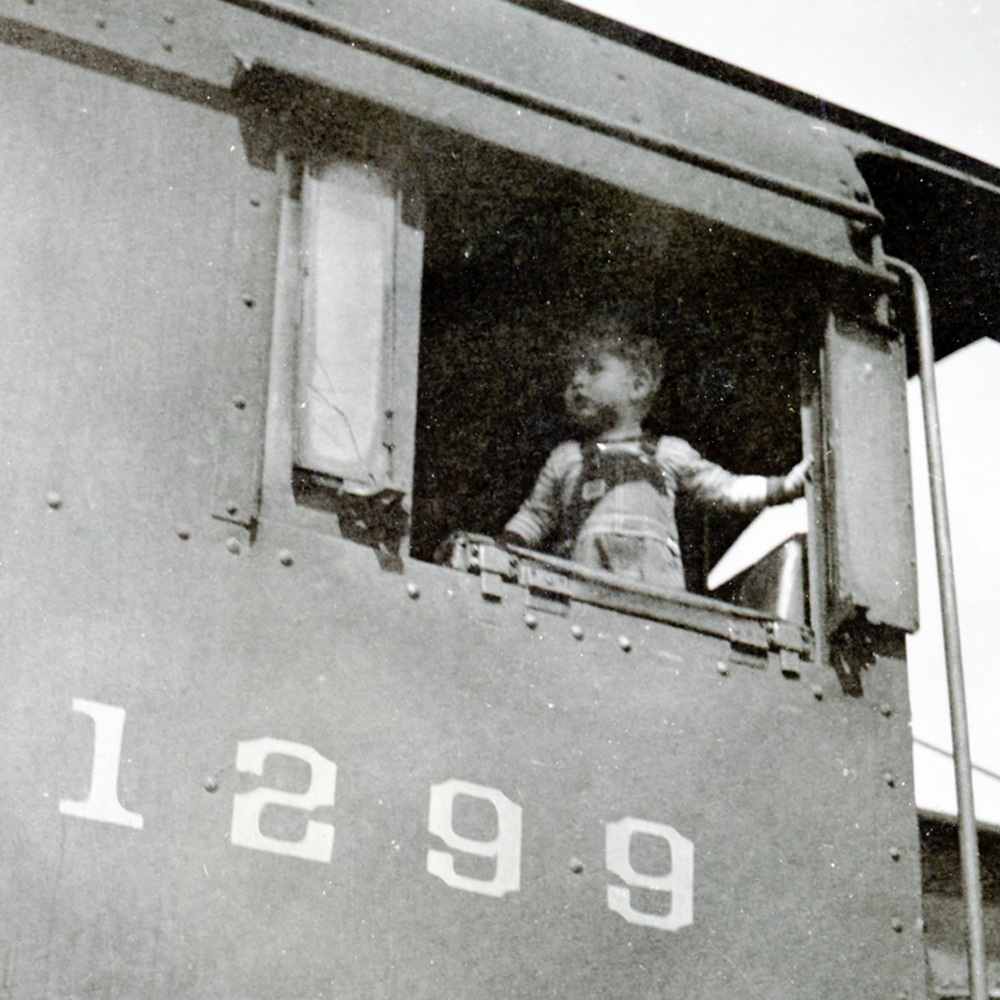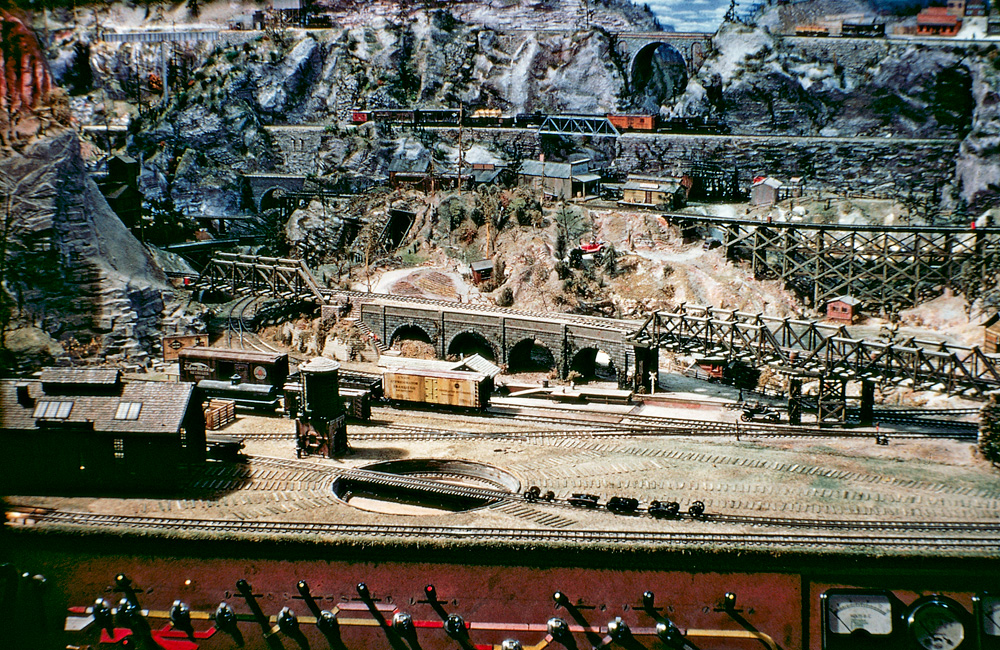
Q: How do I protect my model railroad from fire? I have re-entered the hobby after many years. My layout will be in a spare bedroom. As I plan my layout, I’ve seen various materials discussed for layout scenery, such as old newsprint, paper towels, foam board, screen, etc. I’ve not seen any mention of the concern for fire spread potential. Is this a concern for model railroaders? If so, what are the best practices? – George Brooks, Mount Vernon, Wash.
A: You have a valid concern; pioneering model railroader John Allen’s famous HO scale Gorre & Daphetid layout, pictured above, was lost days after his death to a fire that started with a heater in his train room.
Unfortunately, most of the materials we use to build model train layouts these days – lumber, extruded-foam insulation board, cork, Homasote, stripwood, ground foam, dried plant material – are quite flammable. I’m afraid there’s not a whole lot that can be done about that, either, as the days of dyed asbestos ground cover are rightfully behind us. You could build your benchwork from slotted steel or aluminum L-girders, but that’s only one part of a layout that’s likely to still be covered with flammable materials.
However, I can’t imagine that a model railroad is any more of a fire hazard than an equivalent mass of living-room furniture. And we can take some reassurance in the fact that today’s model railroad electronics operate on a current low enough to make the risk of electrical overheating and ignition unlikely.
Protect your model railroad
As long as we follow sensible precautions – build our layouts to follow current electrical codes, give a wide berth to heat sources like furnaces and water heaters, design aisles to allow safe and easy exit in emergencies, install emergency lighting, mount a fire extinguisher nearby, and shut down the power when unattended – we can rest easy.
Reader tip
Get up your courage and venture into the beauty section of the drugstore. Tell them that you need to trim your manly calluses and ask for an “Emjoi Micro Pedi.” When you get past the embarrassment, you now have a battery-powered drum sander with 1/2″ diameter x 1-5/8″ drums in a variety of grits and enough power to seriously sand model materials. And if you slip when using it, you don’t cut yourself, you just improve your manicure! – Will Schmidt
Send us your questions
Got a question about modeling, operation, or prototype railroading? E-mail it to us at AskTrains@Trains.com. Include your full name and hometown and put “Ask MR” in the subject.






